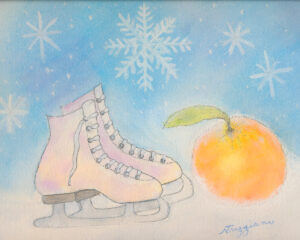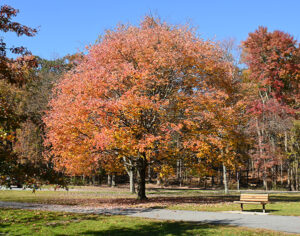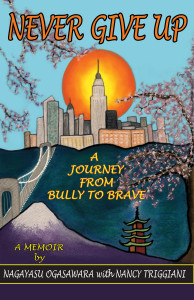 Pedaling my tiny two-wheeler in circles around a tree in my urban backyard, I dreamed of a bike made for mud. When the skinny tires got caught in a rut, my 7-year-old mind didn’t understand why a bike couldn’t just ride through it.
Pedaling my tiny two-wheeler in circles around a tree in my urban backyard, I dreamed of a bike made for mud. When the skinny tires got caught in a rut, my 7-year-old mind didn’t understand why a bike couldn’t just ride through it.
From the moment I got my first tricycle as a toddler, I was hooked on bikes. Little did I know, bikes would teach me valuable life lessons. After the tricycle, I grew into a Schwinn Pixie, the one I rode around the tree like a merry-go-round. I soon sprouted into a Schwinn Stingray and then a Schwinn Varsity 10 speed road bike with drop handlebars. Then something terrible happened. In my late teens, I parked my bike in the garage and there it sat for years. I’d moved on to other things until a friend from my ju-jitsu class asked me to go biking with him.
I rolled the bike out of the garage and hosed it down, blowing off the cobwebs, and pumped air into the flat tires. On our first ride, I noticed the gears weren’t shifting, so I brought it to a local bike shop, where I was told it wasn’t worth repairing. The bike shop owner introduced me to a new kind of bike that had come on the market during my hiatus from riding – the mountain bike! I couldn’t believe it! The bike I had always dreamed of had been invented!
There was nothing to question. I immediately plunked down over $800 on the black and neon green speckled Trek 7000. The bike was fully rigid with no shocks whatsoever. As instructed, I let out some air pressure from the tires and headed for the rocky trails of northern New Jersey, along with my friend, who was also pedaling a newly purchased mountain bike.
I believed in that bike. I believed it could do anything, go anywhere, and ride over everything, and so we did! With my feet clamped in toe clips, we tackled the tough terrain of Ringwood State Park on a regular basis, riding up steep inclines and zipping down the other side, kicking up small rocks that pinged against the aluminum frame. We pedaled through rock gardens and deep muddy puddles the size of small ponds. Covered in mud, there was nothing we couldn’t do, no place we couldn’t go.
I pedaled without fear, confident in my knobby-wheeled steed. Approaching obstacles, I cranked harder, anticipating only success. Bike and body worked in a finely tuned synchronicity. If my first try failed, I eagerly tried again until surmounting the hurdle. As the bike reacted to the terrain, I reacted to the bike to maintain balance. We were a team! This isn’t to say there weren’t mishaps. My body hit the dirt quite a few times. Racing along a leaf-covered trail in the autumn, the concealed ground below went from hard-packed dirt to loose gravel as I rounded a bend. The rear wheel slid out, dropping the bike out from under me. The momentum sent my body over the bars, soaring through the air Superman-style until gravity took over, landing me with a belly flop on the rocks. Dusting myself off, I walked back to my bike lying on its side with the rear wheel still spinning, picked it up, and pedaled on, announcing to my riding partner, “You haven’t been mountain biking until you’ve become part of the mountain”!
Sometimes my expectations defied the natural laws of physics, such as when I tried to ride up the equivalent of a dirt half pipe, created by Mother Nature, herself. From a running start, I was determined to reach the top. My last attempt sent me inches from the summit, where I became the victim of gravity. The bike stalled, flopping on its side. I landed face down alongside. Tightly grasping the frame with one hand, I dug my other hand in the dirt, and slid on my belly back down to the bottom. The friction tore a massive hole in my bike glove, the only causality of the day. Read more






